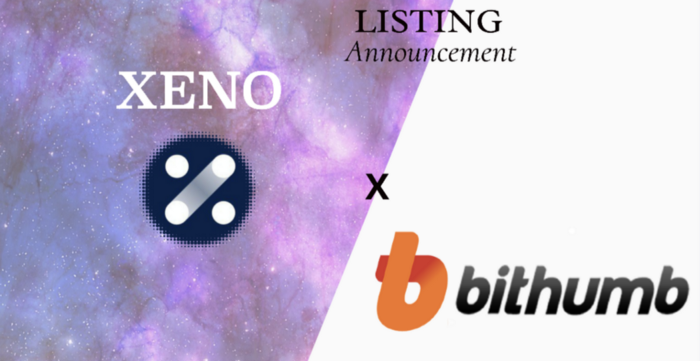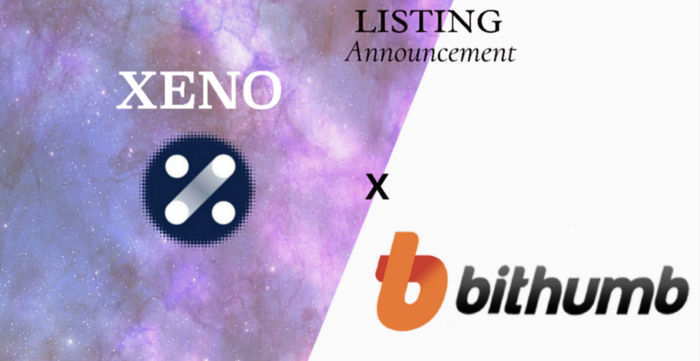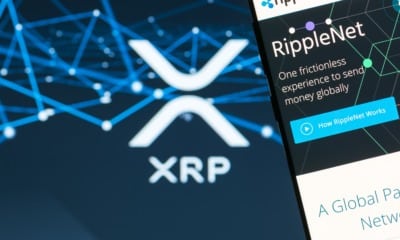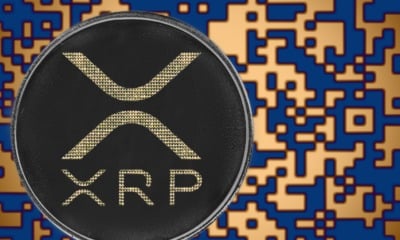Blogs
Ripple Moves to Revolutionize Traditional Banking

Easily rocketing into the top ten cryptocurrencies by market cap, Ripple is striking out against the archaic banking networks. The protocol was conceived as a solution for the slow backend that plagues financial institutions across the globe. Their current spot as the number three cryptocurrency has them sitting at a market cap of almost $46 billion dollars. That’s roughly half of Ethereum and only a quarter of Bitcoin. Their increasingly widespread adoption by financial institutions gives them a very strong basis for growth, even with the relatively low per unit price of $1.18.
Unlike the cumbersome blockchain system that drives Bitcoin, Ripple depends on a distributed ledger that verifies transactions through consensus. This removes the need for a mining community and reduces the amount of electricity needed by the network. Instead, trusted validators must confirm the transactions in order to allow its processing. Once a certain amount of these trusted validators have formed a consensus, the transaction goes through.
Ripple as an Upgrade to Banking Networks
Traditional banking networks have been around for decades. They existed before the Internet took the world by storm, and their speed shows it. Ripple is actively looking to replace that system, and they have already made great progress. Major financial institutions like Bank of America and Merrill Lynch have already signed on to the Global Payments Steering Group. This group is actively looking to adopt the Ripple payment protocol as their means for conducting transfers between banks.
These massive institutions work with market makers to form a completely distributed exchange, effectively linking all of the disparate companies into one common financial system. Previously, each bank would have a completely internal network system. These systems would rarely work with one another, and caused massive downtime in transfer operations. Often, the transfer would fail entirely for unknown reasons. Using the Ripple payment protocol, these transfers can take place in seconds. Giving users that kind of instant, verified liquidity would go a long way towards making the banking system more efficient.
The Value of a Bridge Currency
The ability to easily convert into the Ripple XRP currency to use the distributed ledger gives the system many advantages. First and foremost, it serves as a universal trading pair for foreign currency exchange. Where previously some of the less common currencies would have to actively find a trading partner, they can now buy directly into the Ripple ecosystem. That currency would then be available in the future when someone is looking to trade in the opposite direction. The two no longer need to be traded at the same time.
Even with major forex trading pairs, Ripple is easily the most cost-efficient option. The process costs a fraction of traditional foreign exchange services, due to the nature of XRP as a bridge currency. The protocol allows rapid conversion between fiat currencies, as hedge funds and larger institutions provide liquidity for the process. This helps not only forex based investment traders but also smaller scale remittances. Foreign workers can now easily convert their remittances back into their native currency. They can also transfer them quickly and safely to their home country through the Ripple network.
Ripple Poised to Explode
We’ve already seen Ripple reach $3.65 per coin in early January. Although the value has dropped back down, XRP is still sitting at almost five times their early December value. Bitcoin still has staying power as the blockchain progenitor and a reliable store of value. Ethereum still stands as the smart contract standard. However, it is Ripple that is seeing absolutely astounding adoption in the most critical industry to cryptocurrency – traditional financial institutions.
Major banks have shown a tremendous willingness to use the Ripple payment protocol for their own internal transfers and dealings with other banks. That alone gives XRP an avenue for major growth. When you also consider their commitment to further developments and solid, working product, there’s no doubt that Ripple will be a strong performer. The cryptocurrency’s low per unit price is particularly appealing to people looking for a major investment.
Their proven track record and historical highs help offset the relatively high market cap. We are still in the very early adoption phase for technologies like the Ripple payment protocol. Those that join in now will reap the rewards when Ripple becomes a universal bridge currency within financial institutions. As the total supply of XRP is fixed, the increased demand for this industrial use will force the price higher. When that happens, those holding XRP will find the currency selling at a high premium.
Disclaimer: This article should not be taken as, and is not intended to provide, investment advice. Global Coin Report and/or its affiliates, employees, writers, and subcontractors are cryptocurrency investors and from time to time may or may not have holdings in some of the coins or tokens they cover. Please conduct your own thorough research before investing in any cryptocurrency.
Image courtesy of vistavision via Flickr
Altcoins
XNO Token of Xeno NFT Hub listed on Bithumb Korea Exchange


Hong Kong, Hong Kong, 25th January, 2021, // ChainWire //
Xeno Holdings Limited (xno.live ), a blockchain solutions company based in Hong Kong, has announced the listing of its ecosystem utility token XNO on the ‘Bithumb Korea’ cryptocurrency exchange on January 21st 2021.
Xeno NFT Hub (market.xno.live ), developed by Xeno Holdings, enables easy minting of digital items into NFTs while also providing a marketplace where anyone can securely trade NFTs.
The Xeno NFT Hub project team includes former members of the technology project Yosemite X based in San Francisco and professionals such as Gabby Dizon who is a games industry expert and NFT space influencer based in Southeast Asia.
NFT(Non-Fungible Token) technology has recently gained huge focus in the blockchain arena and beyond, making waves in the online gaming sector, the art world, and the digital copyrights industry in recent years. The strongest feature of NFTs is that “NFTs are unique digital assets that cannot be replaced or forged”. Unlike fungible tokens such as Bitcoin or Ether, NFTs are not interchangeable for other tokens of the same type but instead each NFT has a unique value and specific information that cannot be replaced. This fact makes NFTs the perfect solution to record and prove ownership of digital and real-world items like works of art, game items, limited-edition collectibles, and more. One of the ways to have a successful…
Altcoins
Should Crypto Projects Devote Resources to Community Growth and Marketing?

2020 has been an incredible year for crypto as investors have generated windfall profits and crypto projects have seen their businesses gain the spotlight they’ve been looking for. While Bitcoin has received most of the attention after major institutional investors announced they were accumulating the increasingly scarce asset, many altcoins have also seen their fair share of glory. When looking at all the big winners of the past year, the first project that probably comes to mind is Chainlink, having appreciated by more than 550% YTD and now valued at over $4.5 billion. But, the actual biggest winner of the year is HEX with a YTD return of over 5,000%.
I mention both of the above projects as they have each taken slightly different paths to achieve greatness. Chainlink has devoted resources toward building a fundamentally sound business with many strategic partnerships while HEX has spent vast sums of money on marketing and promotion. Both approaches are valid, but one thing is certain, it is absolutely imperative for crypto projects to let the crypto community know what makes them special. Of course, one of the reasons that makes crypto so valuable is the powerful blockchain technology that most projects are utilizing.
Cryptocurrency vs. Blockchain Technology
It’s important to make a distinction between blockchain technology and cryptocurrency. Although they are often used interchangeably, they are different. Blockchain technology and crypto were both created after the 2008 financial crisis, but cryptocurrency…
Altcoins
XENO starts VIP NFT trading service and collaborates with contemporary artist Hiro Yamagata


Hong Kong, Hong Kong, 24th December, 2020, // ChainWire //
The XENO NFT Hub (https://xno.live) will provide a crypto-powered digital items and collectables trading platform allowing users to create, buy, and sell NFTs. Additionally it will support auction based listings, governance and voting mechanisms, trade history tracking, user rating and other advanced features.
As a first step towards its fully comprehensive service, XENO NFT Hub launched a recent VIP service to select users and early adopters in December 2020 with plans for a full Public Beta to open in June 2021.
“NFTs are extremely flexible in their usage, from digital event tickets to artwork, and while NFTs have a very wide spectrum of uses and categories XENO will initially focus its partnership efforts and its own item curation on three primary areas: gaming, sports & entertainment, and collectibles.”, said XENO NFT Hub president Anthony Di Franco.
He also added “This does not mean we will prohibit other types of NFTs from our ecosystem However, it simply means that XENO’s efforts as a company will be targeted into these verticals initially as a cohesive business approach.”
Development and Procurement Lead, Gabby Dizon explained, “Despite our initial focus, we found ourselves with a unique opportunity to host some of the works of Mr. Hiro Yamagata. We are collaborating with Japanese artist Hiro Yamagata to enshrine some of his artwork into NFTs.”
Mr. Yamagata has…
-

 Blogs6 years ago
Blogs6 years agoBitcoin Cash (BCH) and Ripple (XRP) Headed to Expansion with Revolut
-

 Blogs6 years ago
Blogs6 years agoAnother Bank Joins Ripple! The first ever bank in Oman to be a part of RippleNet
-

 Blogs6 years ago
Blogs6 years agoStandard Chartered Plans on Extending the Use of Ripple (XRP) Network
-

 Blogs6 years ago
Blogs6 years agoElectroneum (ETN) New Mining App Set For Mass Adoption
-

 Don't Miss6 years ago
Don't Miss6 years agoRipple’s five new partnerships are mouthwatering
-

 Blogs6 years ago
Blogs6 years agoCryptocurrency is paving new avenues for content creators to explore
-

 Blogs6 years ago
Blogs6 years agoEthereum Classic (ETC) Is Aiming To Align With Ethereum (ETH)
-

 Blogs6 years ago
Blogs6 years agoLitecoin (LTC) Becomes Compatible with Blocknet while Getting Listed on Gemini Exchange















